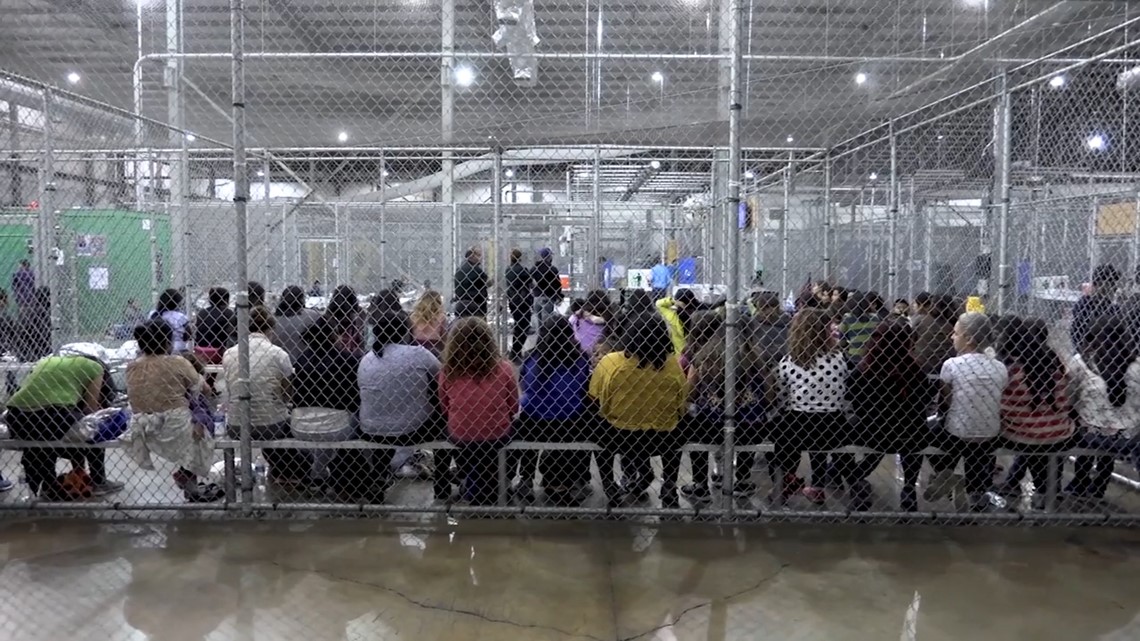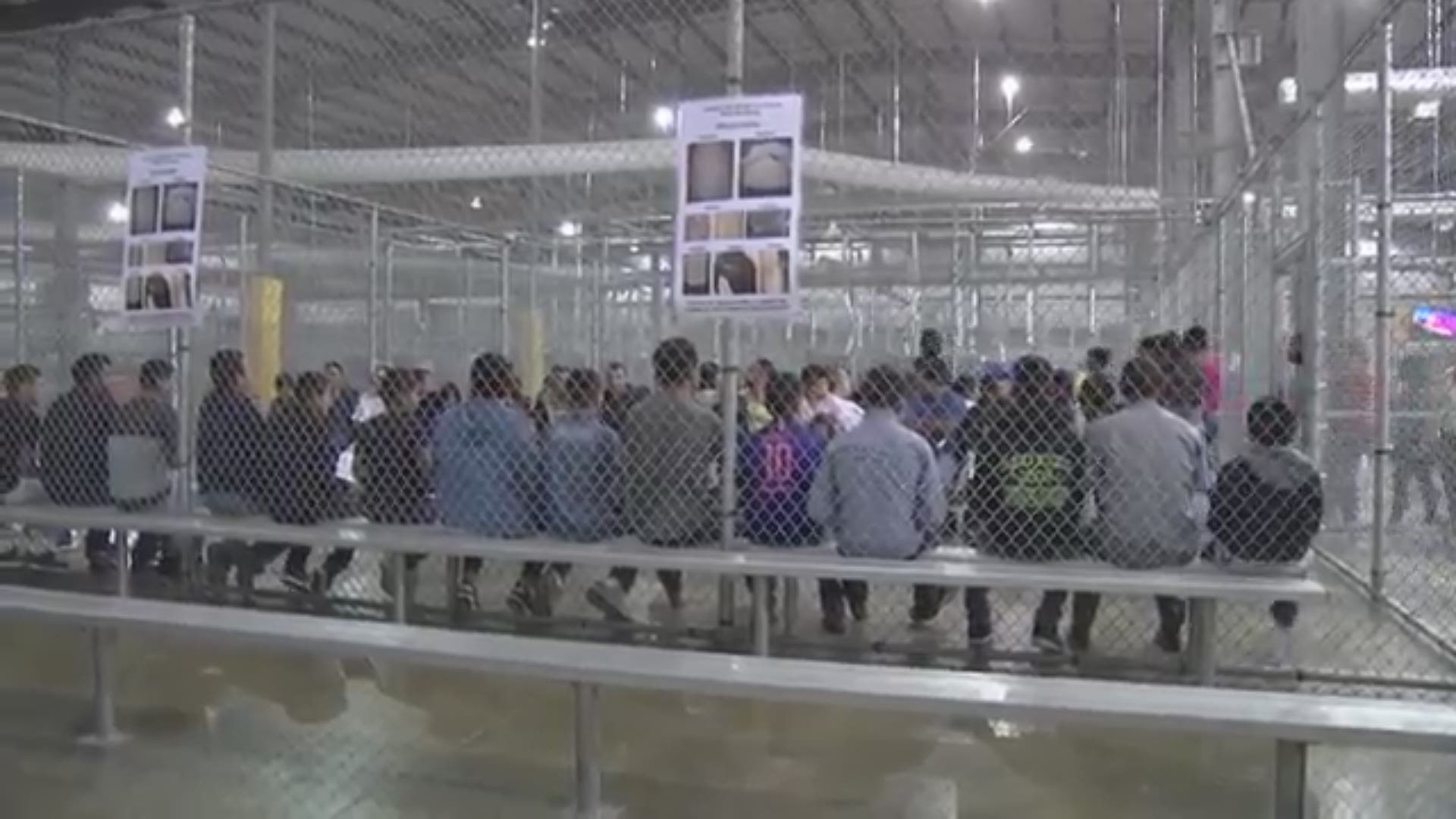A “zero-tolerance” policy on illegal immigrants at the U.S. border that has led to families being separated and children being held in detention facilities has come under intense, bipartisan criticism in recent weeks.
There is no official U.S. law that requires the separation of families at the border. So why is it happening?
We’ll start with the basics: What is the “zero-tolerance policy” anyway?
Crossing the border between official ports of entry is and has always been illegal, according to U.S. Code § 1325.
Attorney General Jeff Sessions announced a crackdown on immigration with the zero-tolerance policy in April, requiring the criminal prosecution of any immigrant crossing the border illegally, including parents seeking asylum with their children.
A Department of Justice bulletin from April 8 said those entering the country illegally would be met with "the full prosecutorial powers” of the DOJ.
"You play a critical part in fulfilling these goals, and I thank you for your continued efforts in seeing to it that our laws—and as a result, our nation—are respected," Sessions said in the memo.
The announcement came after the Department of Homeland Security reported a 203 percent increase in illegal border crossings from March 2017 to March 2018, according to the memo. The department also noted a 37 percent increase from February 2018 to March 2018—the largest month-to-month increase since 2011.
"Zero-tolerance" immigration policy is not a new concept. Operation Streamline, a program launched by the Bush administration in 2005, implemented "zero-tolerance" immigration enforcement but made exception for families with children. The Obama administration also detained illegal immigrants at the border, but would detain parents and children together.
Sessions announced a "renewed commitment" to enforcing immigration law in April of 2017.
So, why are children being separated from their families?
When an adult crossing the border with a child is detained for criminal prosecution, the child is then considered an “unaccompanied minor.”
Thus, while law itself doesn’t require the separation of children, an increase in prosecution of illegal immigrants has that effect. Sessions said it might during a May speech on the zero-tolerance policy.
“If you are smuggling a child, then we will prosecute you and that child will be separated from you as required by law,” Sessions said.


Homeland Security Secretary Kirstjen Nielsen said in a press briefing at the White House Monday afternoon that children are separated from adults attempting to cross the border illegally to protect them from smuggling or trafficking. They're only separated when there is no documentation of a custodial relationship, Nielsen said.
Within 48 hours of being separated from their families, children are referred to the Office of Refugee Resettlement and placed in a shelter. The quality of the shelters has come under criticism, but Nielsen insisted Monday that children were being "well taken care of."
After being placed in a shelter, they can be placed with a sponsor U.S. family.
According to Politico, there were already nearly 80,000 immigration cases involving unaccompanied minors as of March 31. According to the same article, the Trump administration claims that number wouldn’t increase because children will eventually be reunited with their families.
There doesn’t appear, however, to be a system in place for how the government is reuniting families.
Another statistic making waves is the purported 11,000 immigrant children in custody. Nielsen said Thursday that as many as 10,000 of those children were sent alone by their parents.
What is “asylum” exactly?
For this answer, we can refer to U.S. Code § 1158.
Anyone can apply for asylum, whether or not they're attempting to cross at a port of arrival (although doing so at a port of arrival does not lead to criminal prosecution).
It’s up to the Secretary of Homeland Security or the attorney general to grant it, based on a determination that the migrant has proven he or she is a refugee – a person who can’t return to their country because of a “well-founded fear of persecution on account of race, religion, nationality, membership in a particular social group, or political opinion.”
A child entering the U.S. with an asylum-seeker is granted the same status as the adult. If the parent is granted asylum, the child is, too.

